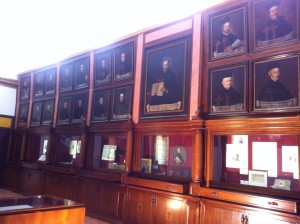 The Museum of the General House of the Camillians is annexed to the Church of St. Mary Magdalene in the Campo Marzio in Rome, a beautiful masterpiece of the Roman baroque-rococo, and it houses valuable relics and everyday objects belonged to St. Camillus de Lellis. Inside the windows of the Chapter Hall you can admire documents of great historical importance, artifacts and manuscripts produced over the centuries by the Camillian Order, paintings and numerous religious furnishings.
The Museum of the General House of the Camillians is annexed to the Church of St. Mary Magdalene in the Campo Marzio in Rome, a beautiful masterpiece of the Roman baroque-rococo, and it houses valuable relics and everyday objects belonged to St. Camillus de Lellis. Inside the windows of the Chapter Hall you can admire documents of great historical importance, artifacts and manuscripts produced over the centuries by the Camillian Order, paintings and numerous religious furnishings.
Of great importance and placed in the new exhibition space of the museum are the beautiful painting of Sebastiano Conca that depicts St. Camillus assisting the sicks by the Colosseum and the wooden statue of the Virgin of the school of Michelangelo, restored just in view of the celebrations for the fourth centenary of the death St. Camillus de Lellis.
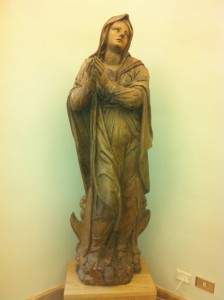 Among the objects of daily use of Father Camillus you can find the wooden Crucifix, the typical cap of the Order founded by him, some bandages used to bind up the plague of his ulcerated ankle, the cup and bowl used to celebrate the Eucharist. The bright room of the museum is enriched with a multimedia video device, with different contents about the hometown of St. Camillus, the work of the Camillians today with the CTF and the application iCamilliani, made for all smartphones and tablets.
Among the objects of daily use of Father Camillus you can find the wooden Crucifix, the typical cap of the Order founded by him, some bandages used to bind up the plague of his ulcerated ankle, the cup and bowl used to celebrate the Eucharist. The bright room of the museum is enriched with a multimedia video device, with different contents about the hometown of St. Camillus, the work of the Camillians today with the CTF and the application iCamilliani, made for all smartphones and tablets.
Finally, the Cubiculum, former infirmary of the General House and the place where St. Camillus de Lellis died, on July 14th, 1614. Here, the Relic of the Holy Heart, venerated all around the world, has found a striking location in the middle of a beautiful stained glass window realized by master Poli. Next to the heart, on the wall, is the wooden support of the Crucifix which consoled St. Camillus in a moment of discouragement, encouraging him to continue his work, and stored in one of the chapels of the Church of Mary Magdalene.
In the Cubiculum is also kept one of the bands to the plague of the foot of Camillus, while by the walls two large paintings by Matteo Toni, dated 1875, “The viaticum of St. Camillus” and “The Death of St. Camillus,” solemnly describe the last moments of life of the saint, spent just in the space in which they are exposed.



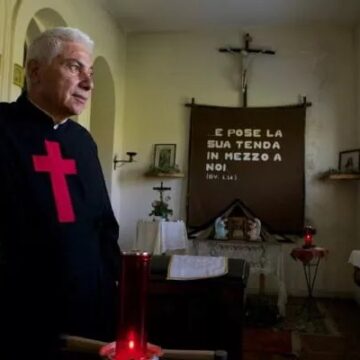
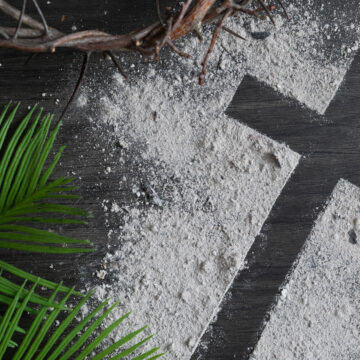
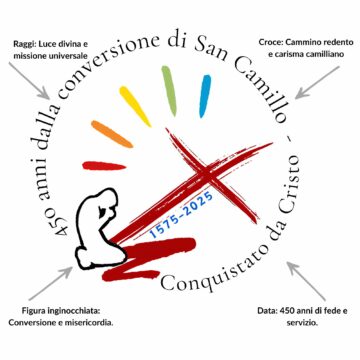


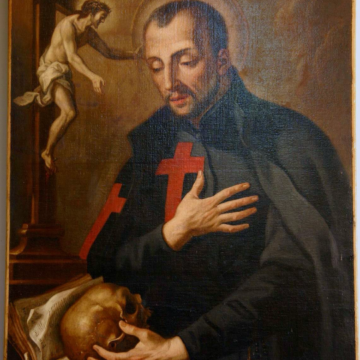
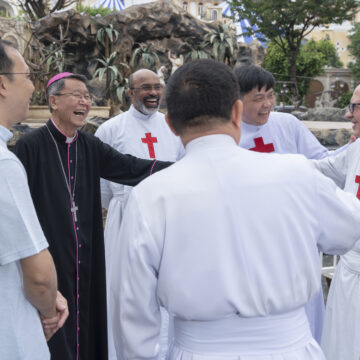

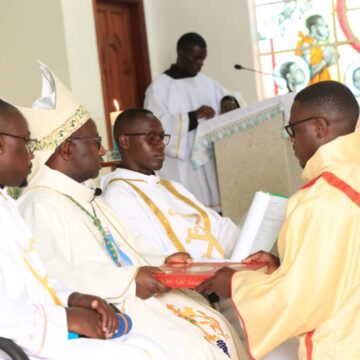
Camillians on Facebook
Camillians on Twitter
Camillians on Instagram